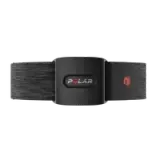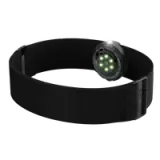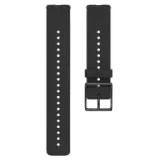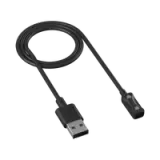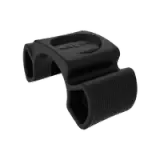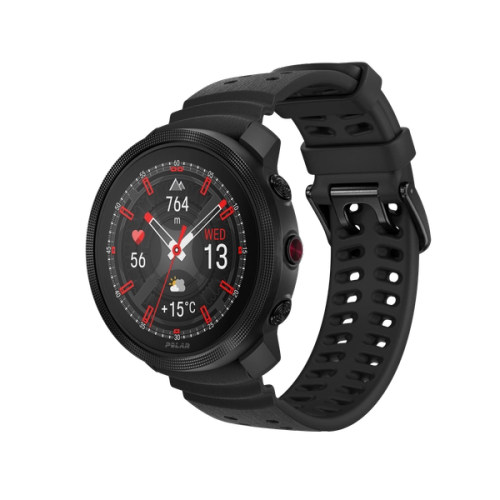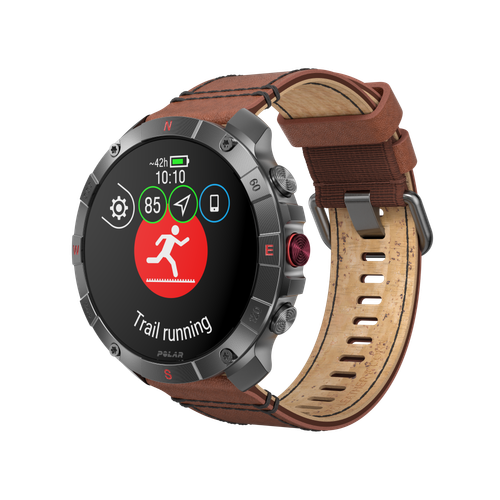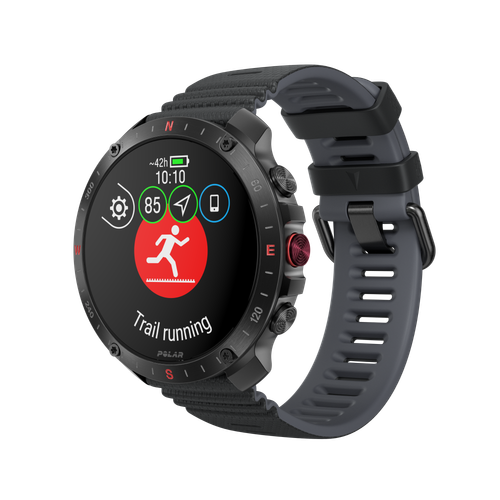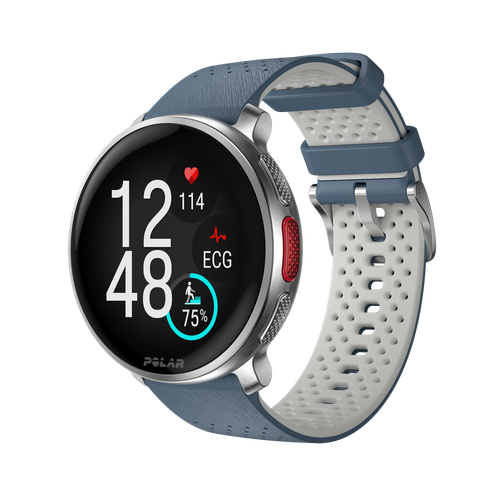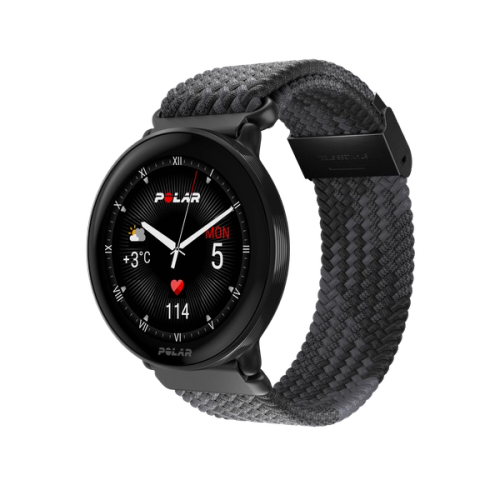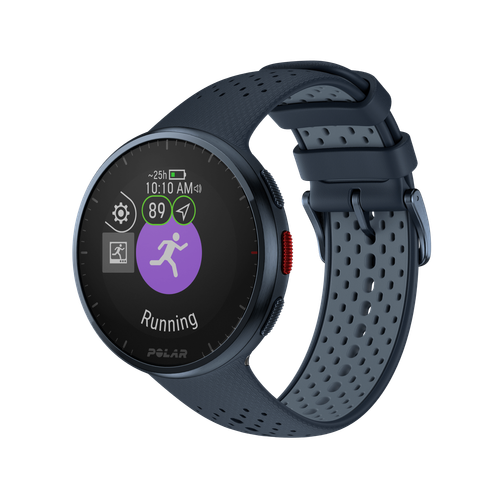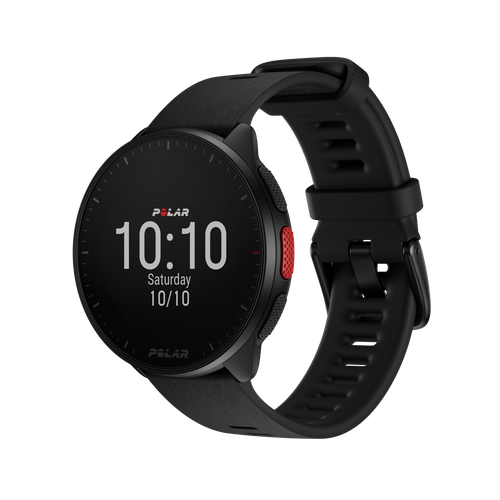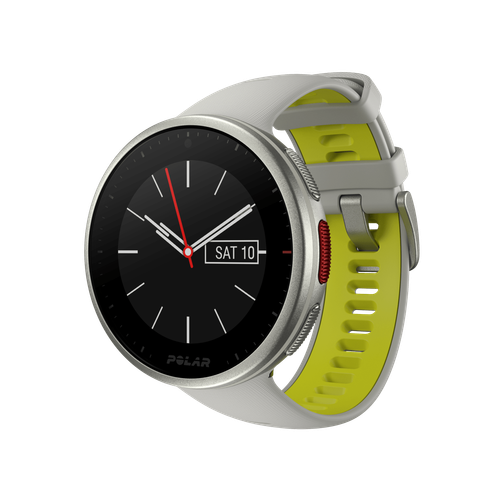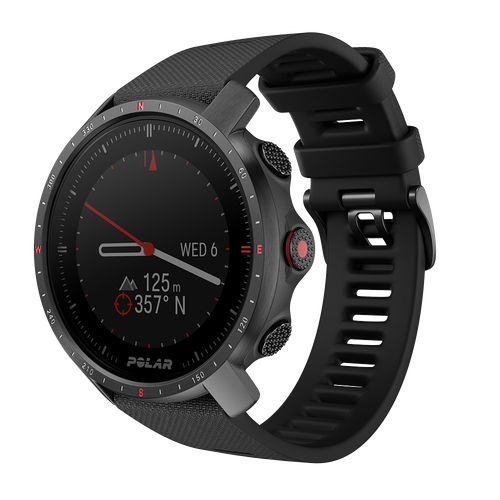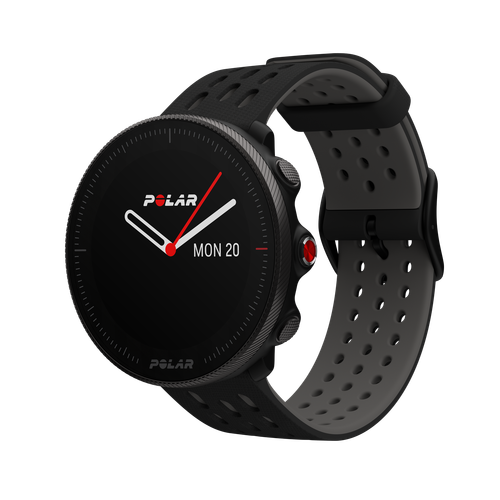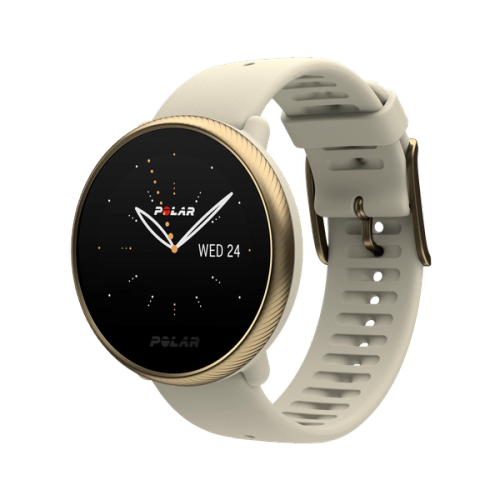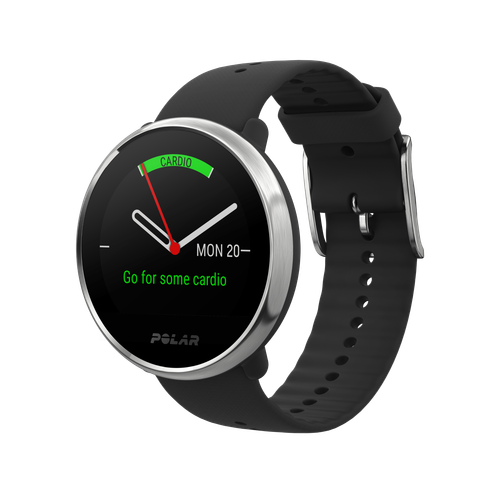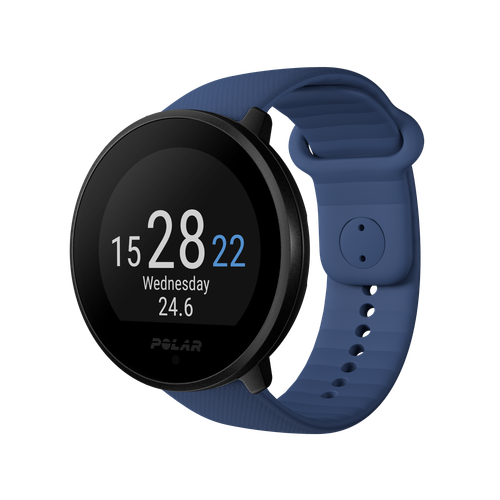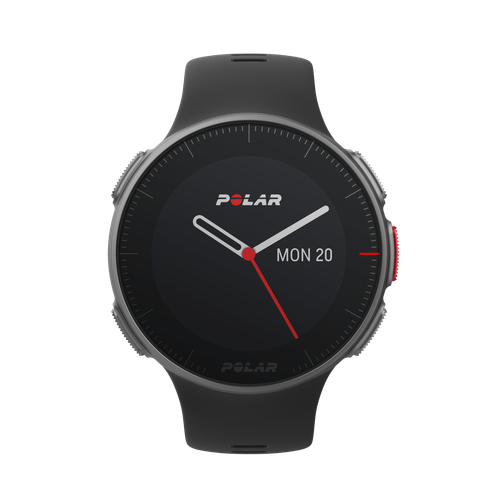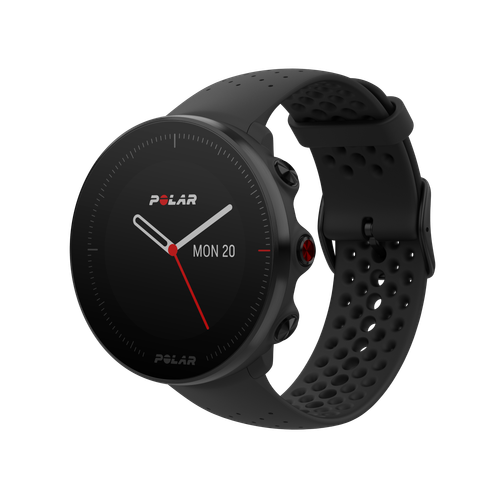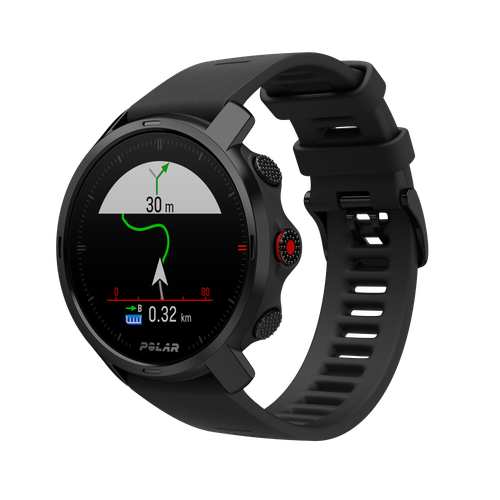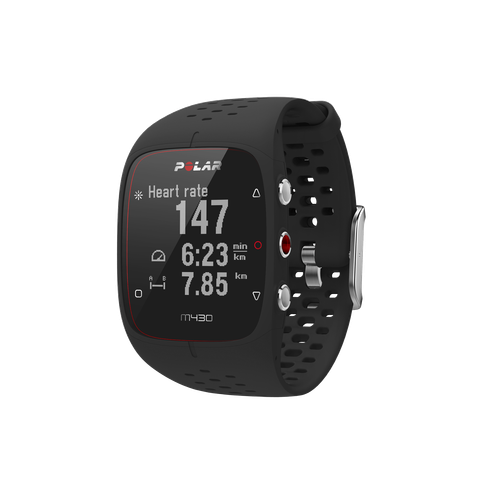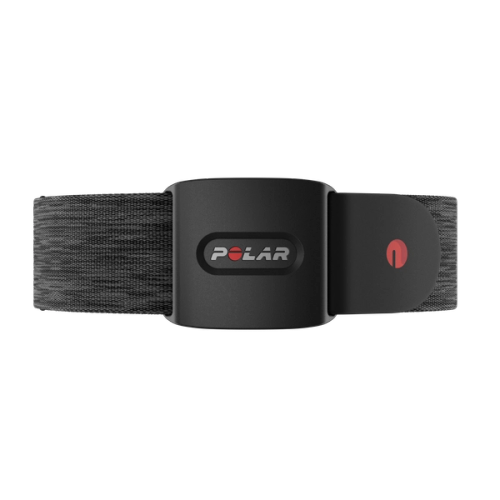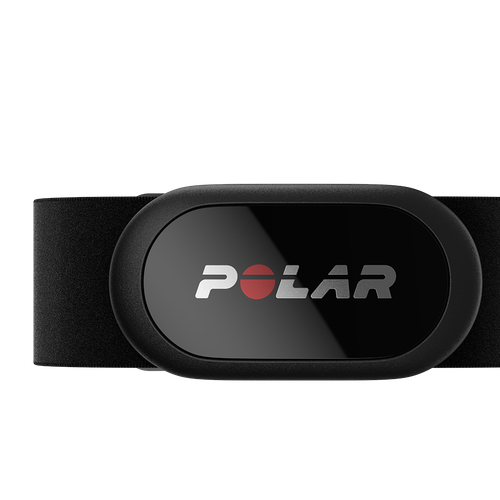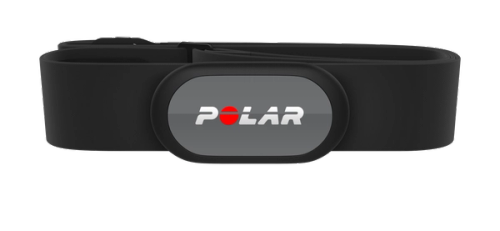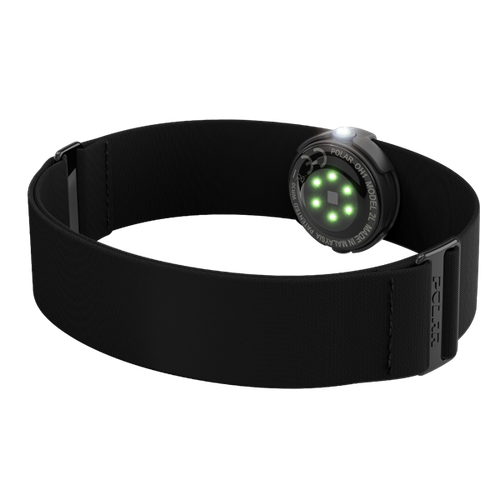One of the easiest and maybe most effective ways to gauge your health and aerobic fitness level is via your resting heart rate (RHR). By measuring it regularly, you can see both your long-term progress and daily fluctuations, which can indicate whether you’re fit for training, overtrained, or stressed. Here's everything you need to know to understand what affects RHR and why it matters.
What is my resting heart rate?
Your resting heart rate is the number of beats per minute your heart does while you’re resting. This measurement provides a key insight into how your heart muscle is functioning. It's also referred to as your basal heart rate because it is your base (lowest) measurement.

How do I measure my resting heart rate?
A heart rate sensor is the most accurate way to measure your RHR. Discover how to monitor your RHR when using this technology with our guide to measuring your resting heart rate.
Also known as your basal heart rate because it is your base (lowest) measurement.
If you don't have a heart rate sensor, you can try measuring it yourself by checking your pulse. You can choose between your carotid artery (located in your neck to the side of your windpipe) or your radial artery (located between the bone and the tendon below your thumb on your wrist).
You should never use your thumb to take this measurement as it has its own pulse, which could cause you to miscount. Instead, place your index and third fingers on either your neck or wrist. Count the number of beats in 15 seconds and then times this number by four to calculate the beats per minute.
The American Heart Association recommends checking your RHR first thing in the morning before getting out of bed. The caffeine in your morning coffee or tea will cause heart palpitations, so make sure you measure your RHR before making your heart rate rise.
Don't attempt to measure your resting heart rate after exercise or a stressful event. Leave it an hour as your RHR is high after a workout or any strenuous activity. Allow your resting heart rate recovery time just like the rest of your body.
What is normal resting heart rate?
For a well-trained athlete, their resting heart rate will usually be around 40 beats per minute.
For adults, a 'normal' RHR ranges from 60 to 100 beats per minute, although most people who are relaxed and healthy should be below 90. For a well-trained athlete, their RHR will usually be below this, around 40 beats per minute. This is because a lower RHR is often a sign of good cardiovascular fitness and efficient heart function.
However, you shouldn’t compare your RHR with someone else’s. You’re unique and beautiful and that’s how it should be. While your neighbor’s RHR might be lower than yours, it might be for a dozen different reasons.
Instead of comparing yourself to others, you’re better off monitoring how your RHR is changing over time. When your resting heart rate decreases as a result of training, it’s a sign that your aerobic fitness has improved.
Take that, neighbor.
undefined
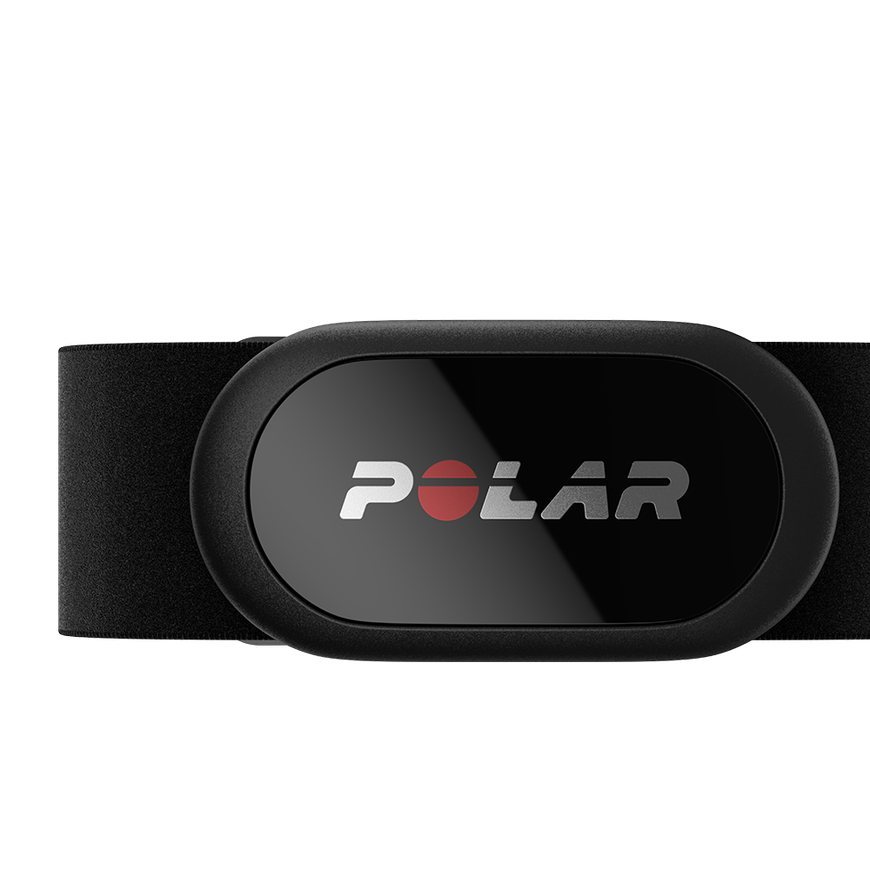
Polar H10
Heart Rate Sensor
When it comes to accuracy and connectivity, Polar H10 heart rate sensor is the go-to choice. Monitor your heart rate with maximum precision and connect your heart rate to a great variety of training devices with Bluetooth® and ANT+.

Polar Verity Sense
Optical Heart Rate Sensor
Polar Verity Sense is an optical heart rate monitor that provides you with maximum freedom of movement and multiple options for viewing and recording your workouts. With Bluetooth®, ANT+, and internal memory, you can connect Polar Verity Sense to a sports watch or app to see your workout in real time, or view your data afterwards.
What affects resting heart rate?
Many factors can influence your RHR. Here are some key ones to mindful of:
When you do aerobic training long enough, your heart will become more efficient.
- Age: your RHR usually increases with age. This is mainly due to a decline in physical fitness.
- State of training: your sympathetic nervous system is more active during recovery than when you’re well recovered. Also, your body's hormonal state (adrenaline) and recovery processes keep your heart rate up for several hours after training. If your RHR is elevated, your body could be in a state of overtraining due to too much training and too little recovery.
- Training background: when you do aerobic training long enough, your heart will become more efficient. The capacity of your left ventricle will increase and your ventricular muscles will become stronger which leads to an increased stroke volume. That is, your heart will pump more blood per beat than before. This increased stroke volume can be observed as a lower resting heart rate as well as a lower training heart rate. Perfectly logical, right? To pump the same amount of blood, your heart needs fewer beats because the volume per beat has increased. Note that extensive strength training that aims to increase muscle mass elevates the RHR – especially if the aerobic fitness deteriorates simultaneously.
- Temperature: as the temperature rises, so does the need to cool the body down. In higher temperatures, blood flow is directed closer to the surface of the skin so that blood can be cooled down. Your heart beats faster to accelerate your blood circulation and so regulate your body temperature. Conversely, when you’re in a cooler environment, the blood circulation in peripheral parts of the body decreases. Your heart has less work to do and your RHR will decrease.
- Dehydration: when you’re dehydrated, the amount of plasma in the blood decreases. As there’s less blood in your body, your heart has to pump faster than normal to maintain adequate body temperature and to provide enough oxygen and nutrients to muscles in peripheral parts of the body. This is why there is a spike in resting heart rate when you’re dehydrated.
- Stress: mental or physical stress increases the activity of the autonomic nervous system. When under stress, the central nervous system orders the heart, as well as your brain and large muscles, to prepare for a 'fight-or-flight' situation. Due to this, you may notice that your RHR has increased.
- State of mind: different emotions affect the autonomic nervous systems through hormonal activity. When you’re very calm, the activity of the autonomic nervous system lowers your heart rate. When you’re very excited, your heart rate goes up. So by controlling your emotions you can also control your RHR indirectly.
- Genetics: your genome is one of the most important factors affecting the RHR. The effect of genes on the RHR can be seen as a difference of more than 20 beats per minute in two persons of the same age and level of fitness.
Why has my resting heart rate increased?
As shown above, there are many factors to consider if you find yourself suddenly asking 'why is my resting heart rate getting higher?' It's important to first think about the aspects that can contribute towards a raised resting heart rate that isn't a cause for concern.
Most people will notice their resting heart rate rising with age.
Most people will notice their RHR rising with age. While you can't control your body's aging process, you can reduce its impact on your cardiovascular system. Try exercising within a variety of heart rate zones as this can be effective in reducing resting heart rate.
Not getting enough sleep can contribute towards your resting heart rate going up. If you're always exhausted, you could be experiencing chronic sleep deprivation. Not only does this lead to feelings of fatigue and a slower metabolism but it can also result in resting heart rate increasing. You should always try to get at least seven hours of sleep every night to ensure your body is sufficiently recovered.
Similarly, if you're training at an intense level but not allowing your body enough time to rest, you may notice 'hey, my resting heart rate has gone up!' This is a sign that you need to give your body the time to repair properly so it can absorb the benefits of your workouts. Otherwise, all that hard work could end up having a detrimental effect.
On the hottest days in summer, you may find yourself wondering 'why has my resting heart rate suddenly increased?' It could be that your body is working overtime to cool you down. If you're extremely thirsty, it could also be that you're dehydrated. So make sure you drink plenty of water as that can reduce resting heart rate.
Sometimes, it's worth paying attention if you find yourself questioning 'why is my resting heart rate so high?' A raised RHR could be an indicator that you're at increased risk of cardiac problems, simply because the more your heart beats, the faster it will diminish in overall function. If you have any serious concerns about your increased resting heart rate, you should always seek medical advice from a doctor.
At the same time, it's worth paying attention to your mental and emotional wellbeing as prolonged stress or anxiety can cause your RHR to increase over time. If you find yourself frequently in 'fight or flight' mode in your everyday life, you do end up putting a lot of strain on your heart. This can cause an increased risk of heart attacks, strokes, and other cardiac issues. Speak to a doctor or a therapist about your mental health and try out some relaxation techniques. Guided breathing sessions, meditation, long walks and reading are all great ways to calm your body and mind.
Why is my resting heart rate decreasing?
As mentioned above, a low resting heart rate is often a sign that you're in peak physical fitness. However, in some cases, a low RHR could cause you to feel dizzy or exhausted. If you're experiencing these symptoms and are wondering 'why is my resting heart rate going down,' then you should speak to a doctor. It's also good to remember that medications like beta-blockers are designed to slow your pulse down as they block adrenaline. So always be mindful of what prescription drugs you are taking and how they could be affecting your RHR.
Why does my resting heart rate fluctuate?
You now know that there are many factors that can cause resting heart rate fluctuations. It's important to think about all of these if you observe any resting heart rate changes, as it's likely to be a short term change. It's relatively normal if your RHR fluctuates a lot and, for example, you are having a varied sleep pattern, experiencing stress, taking medication, changing your training schedule, or are affected by hot weather.
There is a wide range of 'normal' when it comes to your RHR so yours fluctuate, it won't often be cause for concern. However, if your RHR is consistently over 100 beats per minute, then you could have tachycardia, which could be caused by a heart rhythm disorder. Alternatively, if you're not a trained athlete and your RHR is below 60 beats per minute and you are dizzy or short of breath, you could have bradycardia. In either of these cases, it's important to speak to a doctor so they can look at why your RHR fluctuates.
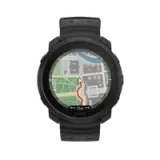 Polar Vantage M3
New
Polar Vantage M3
New
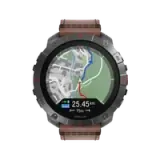 Polar Grit X2 Pro Titan
New
Polar Grit X2 Pro Titan
New
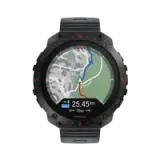 Polar Grit X2 Pro
New
Polar Grit X2 Pro
New
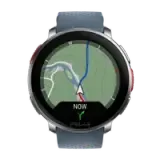 Polar Vantage V3
Polar Vantage V3
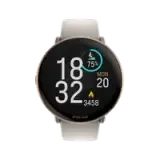 Polar Ignite 3
Polar Ignite 3
 Polar Ignite 3 Braided Yarn
New
Polar Ignite 3 Braided Yarn
New
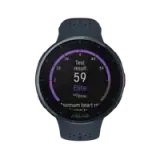 Polar Pacer Pro
Polar Pacer Pro
 Polar Pacer
Polar Pacer
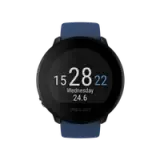 Polar Unite
Grit X Series
Vantage Series
Pacer Series
Ignite Series
Polar Unite
Grit X Series
Vantage Series
Pacer Series
Ignite Series
